Cocotte: description, purpose and choice
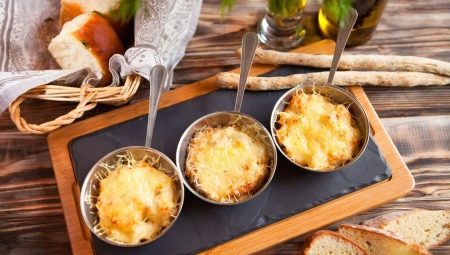
For cooking today, a lot of varieties of kitchen utensils are used. Some utensils have a long history. This category includes the cocotte maker, which was first used in the kitchen by French chefs, and today is in demand all over the world.
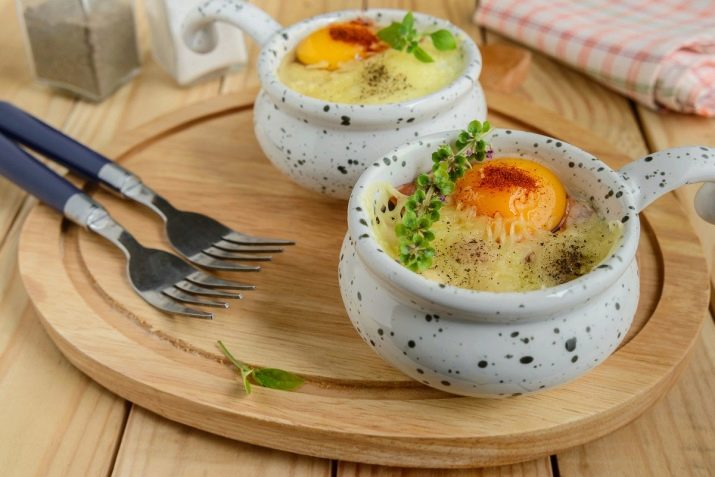
What is it and what is it for?
Many of the kitchen utensils used today by hostesses and chefs are of foreign origin. Cocotte, so popular today, is no exception. This interesting name hides a separate type of heat-resistant cookware, which today is made from different materials.
For the first time, French chefs began to use such utensils in the kitchen to prepare vegetable dishes. As practice has shown, in the products cooked in such dishes, a maximum of useful substances was preserved, in addition, any vegetables did not lose their shape after heat treatment.
Initially, the cocotte makers were exclusively made of clay and had a tight-fitting lid. Utensils were used for cooking in the oven. Later, in addition to vegetables, they began to cook meat, fish and mushroom dishes in it. This is how the world-famous recipe for fried eggs-cocotte appeared.
Finally, the name was assigned to the dishes, after the chefs began to cook exactly the omelet in it. Cocotte maker is translated from French as “chicken”.
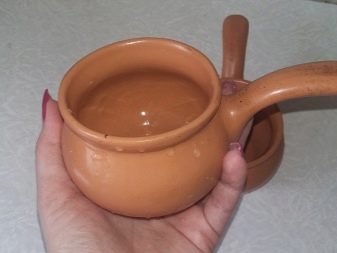
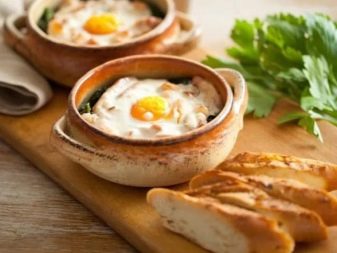
Currently, the cocotte has changed a bit. If earlier the dishes were prepared in it for several portions at once, then today portions are served in the dishes., therefore, the volume of a modern cocotte maker is usually in the range of 100-200 ml. And for serving a hot dish, it was equipped with a long handle.
Now this type of tableware is used in most cases. for the preparation of portioned julienne. Thanks to the convenient small container, it is possible to cook the dish right away in the tins and serve it to the table while still hot with minimal loss in appearance. Usually, cocotte makers are additionally decorated by wrapping them with napkins or foil.
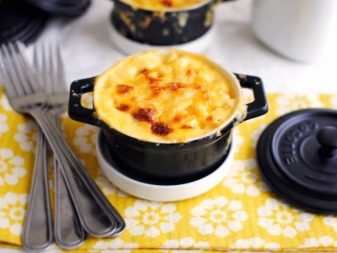
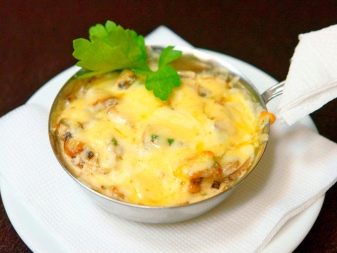
Kokotnitsa combines a number of main advantages, thanks to which the cooked dish retains its attractiveness. It is convenient to eat, and the features of its preparation allow you to preserve the maximum useful properties in the ingredients used, which has a positive effect on the taste. Now manufacturers of kitchen utensils offer cocotte makers in various colors, the length of the handle and the type of raw materials used for the manufacture of dishes also vary.
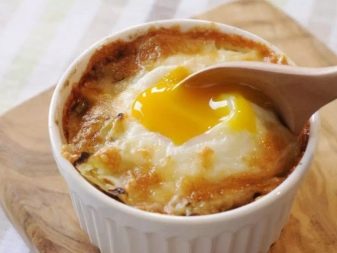

Varieties
The containers are classified according to the type of material used to make the dishes. In modern conditions of the rapid development of technology for the buyer a wide range of cocotte makers is offered.


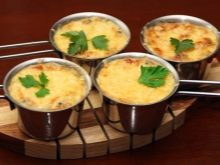
- Ceramic tableware. The main distinguishing feature of such products is their high thermal conductivity. Such containers can be used not only for cooking julienne, since cocotte makers can be used to heat food in ovens and microwave ovens. The ceramics heats up progressively, so the heat treatment of the products will be thorough and uniform.
The raw materials used do not pose a threat to human health, in the process of interaction with food ceramics does not emit any hazardous compounds, does not oxidize.
But the material does not tolerate sharp fluctuations in temperature values, so all sorts of experiments with such cocottes can lead to the formation of defects on the surface.
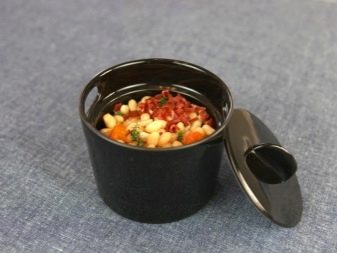
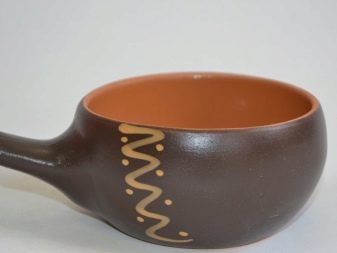
Today, manufacturers use two types of raw materials.
- Unglazed ceramics. The material differs in the absence of additional processing after firing, which provides water resistance without depriving the natural porosity of the container. Such a structure in the cooking process acts as a natural regulator of moisture, that is, when it is lacking, moisture evaporates from those reserves that the material has absorbed earlier, with an excess, all moisture, on the contrary, is absorbed into the raw material.
Among the disadvantages of these dishes, it is worth highlighting the low level of hygiene, since not only water accumulates in the pores, but also fat, various juices and odors.
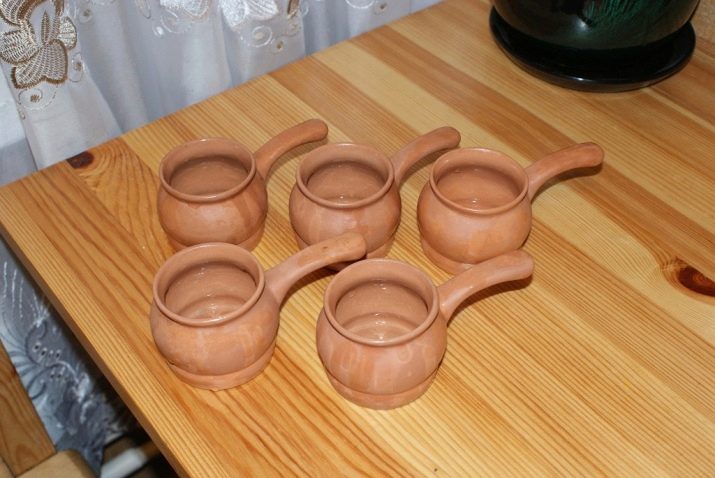
- Glazed ceramic dishes. Such containers must be covered with glaze, the peculiarity of which is a change in the structure of the raw material - the clay becomes completely smooth, so the absorption of foreign inclusions becomes impossible.
Such a structure greatly facilitates the care of the cocotte makers, in addition, the outer side of the walls usually lends itself to decorative decoration, which increases the attractiveness of the dishes that are served on the table.
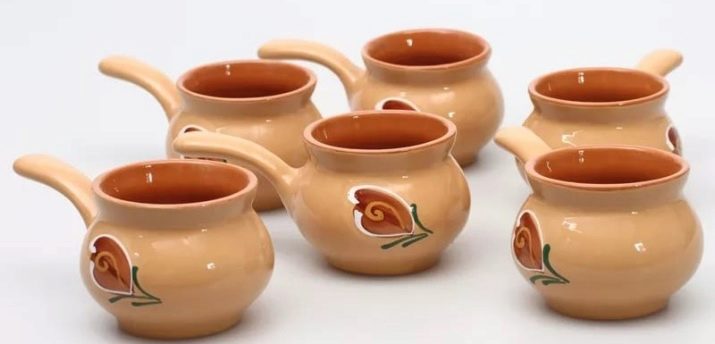
- Stainless steel cooking containers. Metal cocottes do not react with acidic and slightly acidic environments, as well as other chemicals. Unlike ceramics, stainless steel containers are distinguished by their resistance to mechanical damage, which means they will have a longer service life. During operation and heat treatment, the metal retains its visual appeal, does not rust or tarnish, and keeps heat well.
Stainless steel dishes are dishwasher safe.
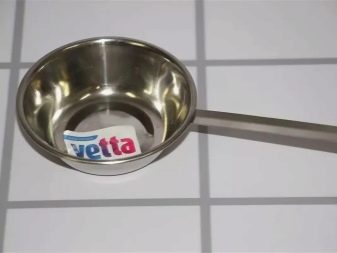
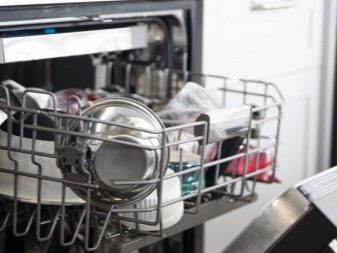
- Cast iron cookware. Cast iron has been in demand for a long time as a raw material for the production of kitchen utensils, therefore, many foreign and domestic manufacturers make precisely cast iron cocotte makers. The products are distinguished by their durability, they are able to retain heat well, so that the food stays warm longer. Metal containers do not deform from temperature surges and have non-stick properties.
However, cast iron cocotte makers will weigh more than similar products made of lightweight alloys, in addition, rust may form on the raw materials over time.

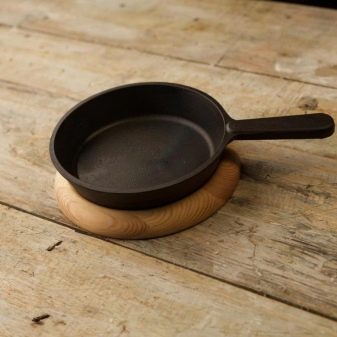
- Silumin containers. The material is an alloy of aluminum and silicon. Products made from such raw materials are distinguished by their resistance to mechanical damage and hardness. The cookware is resistant to various temperatures and chemical environments. Cocottes heat up quite quickly, they are not subject to the process of rust formation on contact with moisture.
Among the disadvantages of the product, it is worth noting its high cost.
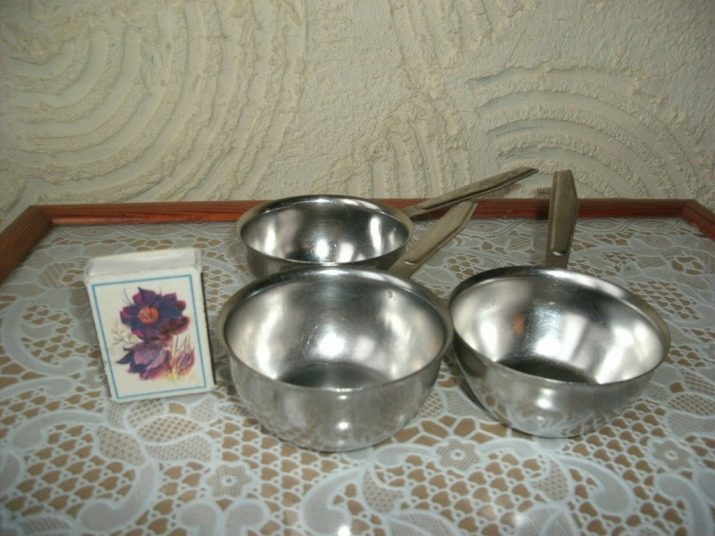
- Disposable cocotte makers. Such products are used at home, as well as on the road - at picnics, on hikes, in the country. Foil serves as the material for the manufacture. Dishes prepared in disposable cocotte makers do not lose their taste, in addition, they are absolutely safe for human health.

- Today, molds made of silicone are no less in demand.... Products made from these raw materials are remarkable for their appearance: as a rule, cocotte makers are made of materials of bright colors. The dishes are easy to use. Food-grade silicone does not emit toxic compounds when heated, therefore it is safe for the human body when interacting with food.
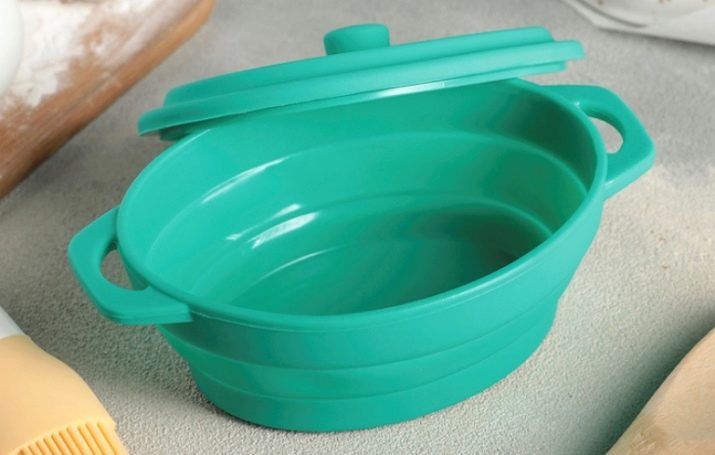
- Porcelain tableware prized for its elite appearance. Products can be plain or painted. Today Asian and European brands offer porcelain products. Porcelain from France is especially appreciated. When choosing such utensils, it is worthwhile to additionally clarify with which heating source it will be compatible.
Cocotte makers also differ in volume; on sale you can find containers for:
- 50 grams;
- 100 grams;
- 150 grams;
- 200 grams;
- 250 grams.
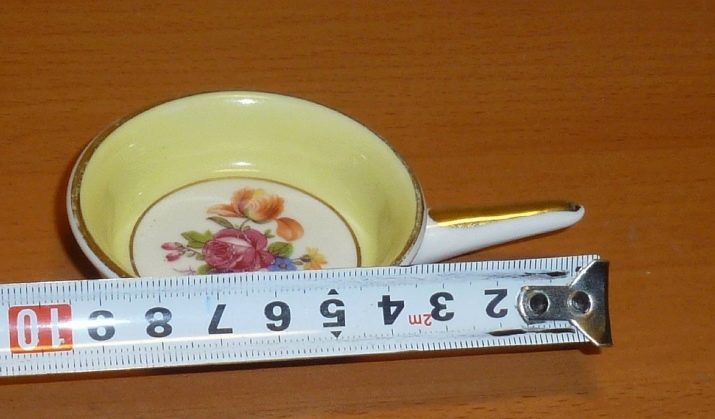
The choice will depend on personal preferences, however, containers of too large a volume are rarely purchased, since in most cases rather hearty dishes are prepared in cocotte makers. Today, such dishes are used in ovens, steamers, microwave ovens. In cocotte makers, you will be able to cook a delicious dish even in an ordinary saucepan on a water bath. Cookware can be sold with or without a lid, the latter option is the most common.
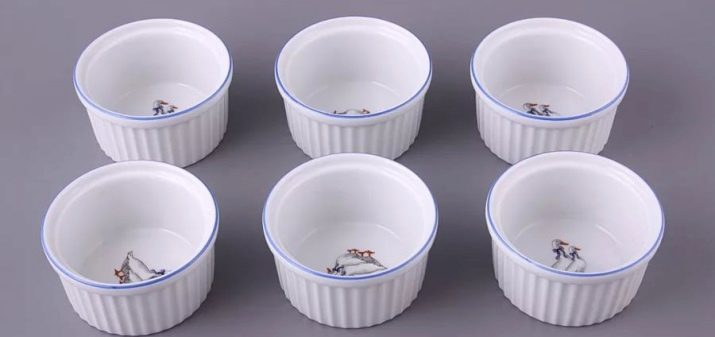
How to choose?
In addition to external characteristics, when choosing a set of cocotte makers, you should pay attention to the characteristics of the material from which the containers for cooking dishes are made. It is worth noting the main properties that will have a positive effect on the taste, as well as facilitate the process of preparation and further care of the dishes.
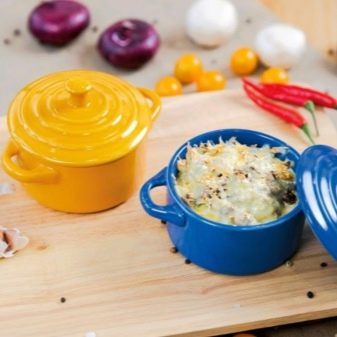
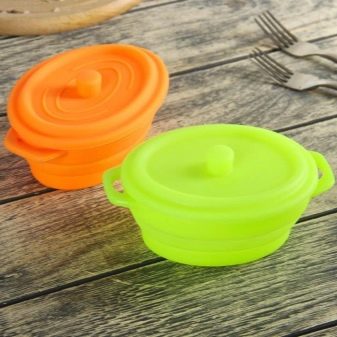
- Heat resistance. The main quality of cocotte makers, since the process of their operation is directly related to heat treatment at high temperatures in ovens, ovens and so on. If the material has low heat resistance, the container will crack.
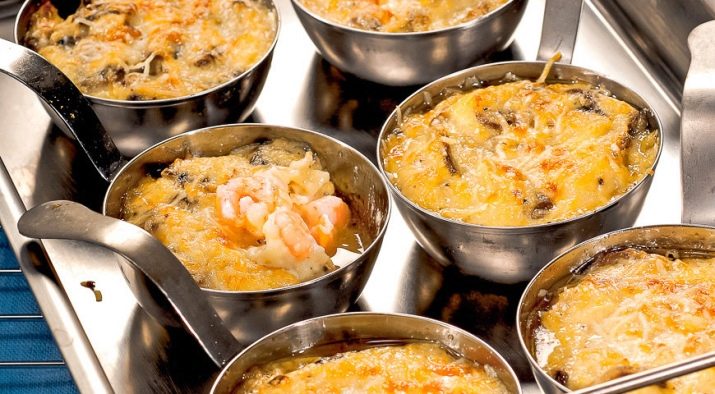
- Non-stick properties. It is important to purchase containers with a non-stick coating at the bottom, otherwise the remnants of the dish will have to be peeled off the walls. The absence of a non-stick layer will complicate the subsequent care of the dishes, and will also adversely affect the taste of the finished dish, since the food may bake unevenly.
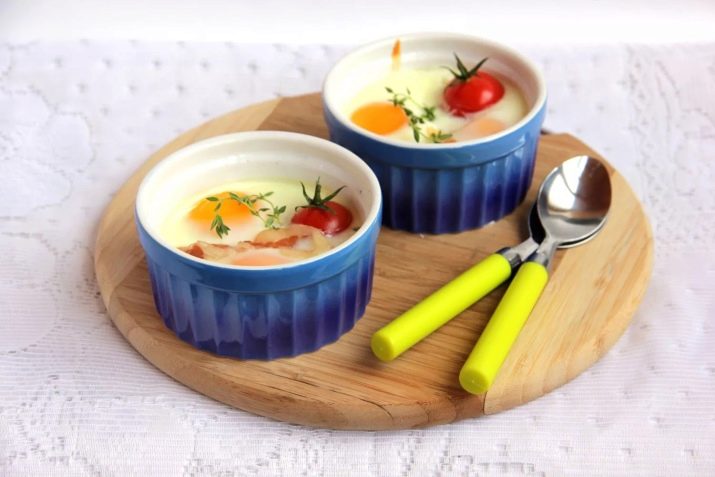
- Inertness to products. Cocotte makers should not absorb the aromas from the dishes prepared in them, since during the cooking of other products they can "give off" the smells of the previous dish, especially spices and other natural flavor enhancers such as garlic or onions. In addition, the raw materials should not absorb fat, as well as react with products that are characterized by increased acidity.

Care rules
The peculiarities of storing and caring for dishes after cooking will directly depend on the type of material from which it is made. There are several guidelines for the most commonly used materials.
- For cast iron there are no restrictions in terms of cleaning from product residues.Therefore, containers made of this metal are operated at any heating temperature, and also lend themselves to manual or automated washing without any problems.
- An alloy called silumin, requires more careful handling. This is especially true for the inner walls - it is forbidden to rub them with any abrasive compounds or materials, since such processing will significantly reduce their operational life.
- Ceramics, covered with glaze, stands out for its resistance to mechanical damage, however, it is better to care for ceramic cocotte makers manually.
- Stainless steel well tolerates any processing options, so the dishes can be washed in the usual way or you can use the dishwasher.
- Porcelain requires careful handling, since the material is rather fragile, in light of which it is better to wash such cocotte makers manually.
- Silicone resistant to any type of impact, it is not afraid of chemical compounds and high temperatures. This allows you to wash such dishes in any convenient way.
An overview of the liquid crystal polymer cocotte maker is waiting for you in the video below.








